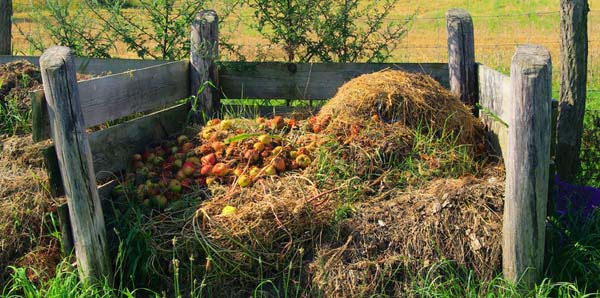For every inch of rain that falls on 500 square feet of roof, you can collect upwards to 300 gallons of water in a rain barrel. Using a rain barrel can save you significant amounts of money in one season! In most areas of North America, this means you can collect over a thousand gallons of water each year to use in containers, houseplants, the garden or even the lawn! Before you start, check you local regulations. Rain barrels are illegal in certain areas. Making a rain barrel is more simple than you probably think. Here is what you need to get started:
- 1 Large plastic garbage can (the larger the pail, the more water you can collect.)
- 1 Tube of watertight sealant (or roll of Teflon tape used in plumbing.)
- 2 Rubber washers
- 2 Metal washers
- 1 Hose clamp
- 1 Spigot
- A drill
- Landscaping fabric
- Start off by using your drill to create a hole near the bottom of the garbage can. This is where you will end up installing the spigot. You want to use a drill bit that is a little smaller or the same size as your spigot. Keep in mind not to drill a hole that is too low, you want space underneath to fill up water cans, or buckets.
- Place a metal washer onto the threaded end of the spigot, then snugly fit a rubber washer over the threads to hold the metal washer in place. This will prevent any leakage that may occur.
- Apply a bead of the waterproof sealant over the rubber washer and insert the spigot into the drilled hole. Wait for the sealant to dry and then run another rubber washer followed by a metal washer onto the threads inside the barrel of the spigot. Secure the spigot in place inside the barrel with the hose clamp. This will keep the spigot from coming loose. If you want double protection, you can also run watertight Teflon tape to seal the spigot hole.
- Carefully cut a hole in the lid of the garbage can. This hole should sit under your home’s downspout so the water runs right into your new rain barrel. Make sure you cut the hole large enough to accommodate the water flow from the downspout. You also want to drill a hole or two near the very top of the rain barrel, this will allow for overflow. If you want, run a short length hose or pipe from the overflow hole to another rain barrel to connect them!
- Cut a piece of landscaping fabric to sit over the top, and put the lid on top of the garbage can. This creates a barrier that prevents any bugs like mosquitos from getting into the water.
- Position the rain barrel directly underneath the downspout of your home, in a convent spot. Now just wait for the rain! You can even set your rain barrel up on a platform to help give more pressure if you connect it to a hose. This will also make fill-up easier.
Thank you to Better Homes and Gardens for the original information. You can read more here.


